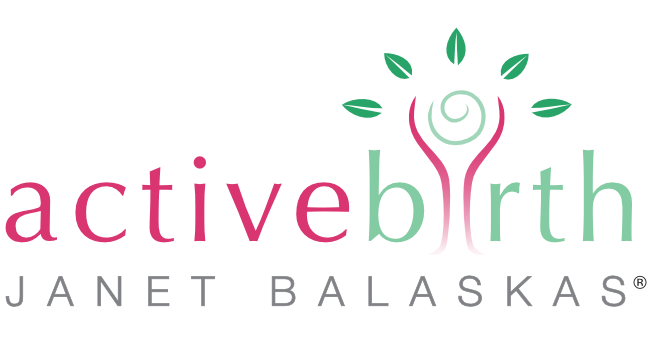In my last post I wrote about having a ‘natural caesarean’, inspired by the experience of Emily and Adam, who came to my Active Birth Weekend Course, which I teach with Jill Benjoya Miller. Emily and Adam wanted to have a natural birth, but they had a ‘just-in-case’ plan for a ‘natural caesarean’, which in the end made a huge difference to the birth of their daughter.
Every woman attending the course will have different needs and may be faced with different choices. So we always spend one session exploring how to combine Active Birth wisdom and techniques with medical interventions when they are necessary.
Here on the blog, we thought it could be really helpful to show everyone an example of a birth plan for a ‘natural caesarean’, which you can give to midwives and doctors. This isn’t meant as an alternative to a natural birth – it is intended to make a necessary caesarean section the best it can be.
Here is Jill’s birth plan. You can use it as it is, or as a guide to creating your own.
A ‘Natural Caesarean’ Birth Plan
Our first choice is for a natural birth. If, for good reason, a natural birth is not possible, we would still like to have a calm and happy experience and use the relaxation techniques we have been taught. Should our baby need to be born by caesarean, we would appreciate a slow and gentle birth, as close to a natural birth as possible, especially during the birth itself and immediately after. We appreciate that a caesarean birth requires different care and safety measures.
This plan describes what we would like, assuming there are no complications. It means so much to us that this birth feels special, and that we still get some of the important health benefits of a natural birth such as immediate skin-to-skin contact with our baby.
Thank you.
We would be grateful if you could do as much as possible from the following:
The atmosphere in the room and communication:
- Easy communication with the team looking after us is important. We would like to be introduced to everyone in the team and for one person to continue to talk to us about what is happening.
- Please talk to us and keep us informed of what is happening or if anything needs to change due to the health of mother or baby.
- We would like to play our own music in theatre, for a calming and pleasant atmosphere.
In advance:
- Place the blood pressure cuff, SATS monitor and IV cannula all on one arm, leaving my other arm completely free to hold the baby.
- Place the ECG tabs on my back, so that my chest and breasts are bare for skin-to-skin and breastfeeding.
- I would like to wear my gown backward, or if not possible, to be without the gown so that my chest is easily accessible.
The moment of birth:
- Lower the sheet/screen for us to see our baby as it is being born.
- Dim or slightly deflect the bright overhead lamp from baby’s eyes.
- Bring the baby out of my body as slowly as you can, so that it benefits from the gentle squeeze and massage of birth to clear its lungs and stimulate its systems.
- Be as quiet as possible for a few moments so that our baby hears our voices first.
The umbilical cord and placenta
- Do not cut the umbilical cord.
- Hold the baby beside my abdomen (level with its placenta) for the first minute(s) while the cord continues to pulsate.
- We would like to wait at least one minute, or longer if possible, while baby receives the immediate natural transfusion of placental blood, reflecting the latest guidelines for newborns from UK and European Resuscitation Councils- a significant advantage for caesarean-born babies, and shown to often be possible.
Some people might add:
- We intend for our baby to remain attached to its placenta for the first hour or so after birth or until it naturally separates in a few days (lotus birth). Please deliver the placenta without cutting the cord. The placenta can be put in a bowl beside us or that we will hold.
- We do not give permission for the cord to be cut unless emergency care is necessary, and we are informed and give consent.
First contact and skin-to-skin:
- It is especially important to us to have skin-to-skin bonding with our baby as soon as possible after the birth, and for our baby to immediately share the mother’s bacteriological environment (particularly as birth was not vaginal and was in theatre).
- Place baby naked onto my chest and cover us with warm towels or blankets.
- If possible leave fluids to drain naturally from baby’s nose/mouth, but if suctioning is necessary, please do this while baby is on my chest and ideally still attached to its umbilical cord and placenta.
- If you need to take baby to the paediatric table, bring him back as quickly as possible, unwrap him and place him naked, belly down on my chest with blankets over us.
- If I am not feeling well enough to hold baby, help my partner to put baby skin-to-skin under (his/her) scrub top, or to remove the top and wrap them both in warm towels or blankets.
Initiating Breastfeeding
- I may wish to begin breastfeeding while still in theatre. Ideally we would like the baby to self-attach, following the ideas of biological nurturing and optimal initiation of breastfeeding.
- I might need your help at first to position the baby on its tummy on my body in any position to self-attach (across my chest, feet in any direction- down or toward my shoulder…).
- I will appreciate your gentle and patient support and encouragement.
Thank you very much for looking after us during the birth of our baby.
You might like to add:
‘Natural Caesarean’ was pioneered at the Queen Charlotte’s and Chelsea Hospital in West London by Professor Nicholas Fisk and professional guidance for obstetricians in the techniques used can be found online as can the recommendations of the UK Resuscitation Council regarding the placental transfusion.
Some other things to consider:
- Partner, bring your phone to take pictures, and choose music to bring (probably on an iPod).
- Bring a hat for the baby into theatre with you.
- Would you like to listen to music with headphones to help you focus inward, or aloud on a speaker?
- If your partner is not there, who will be with you for the birth?
- In recovery and later in the postnatal ward, make sure mother and baby are not in a drafty area.
- If you are planning an elective caesarean birth, or if a caesarean is more likely due to induction of labour, VBAC or other issue, then discuss this plan in advance with your midwives and doctors so that they have time to reflect and prepare and perhaps do some online research. If you are planning a natural birth, you could keep a copy of your caesarean birth plan in your bag or with your notes, in addition to your regular birth plan, and tell your partner or midwife it is there in case needed.
- Before the birth, find out about ‘Laid Back’ Breastfeeding and Baby Calm. After the birth learn about attachment parenting and baby massage! If you are local to us we have wonderful classes to help you establish a great bond with your baby.
New research:
New frontiers in birth research indicate that the bacterial environment in the vagina during a natural birth, inhabit the baby’s gut and provide important immune factors for the baby which may give both short and long term protection against disease. There are new ideas about ways to introduce vaginal secretions to babies born by caesarean with vaginal swabs currently in development. Its good to bear in mind that helpful bacteria in the gut are also nourished by breastfeeding and the mother’s satellite bacteria also pass to the baby ongoingly through skin-to -skin contact. A baby born by caesarean cannot have all the benefits of a natural birth, but a ‘natural’ approach will go a long way to restore some of them.

